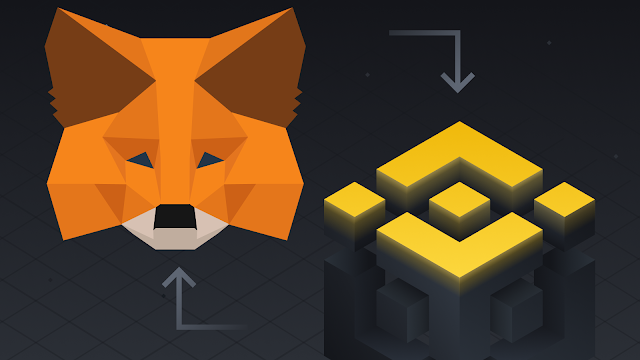Support all your Financial and Operational Needs using SAP BPC
SAP implementation companies are getting smarter every day, and the demand for efficient planning is increasing. Businesses are using all the tech available now, starting from machine learning-powered data analysis to advanced level cloud computing. But having access to all these is not enough to make a business successful.
Proper planning and consolidation are critical for businesses of almost every shape and size; this is where SAP BPC (Business Planning and Consolidation) comes in. SAP BPC enables the decision-makers of a company or business to improve their quality of decision-making by efficiently collaborating with focussed planning and consolidation.
SAP Business Planning and Consolidation allows the officials to spend more time developing business strategies by helping them achieve more efficient and accurate measures. SAP BPC helps with planning, budgeting, and forecasting the financial capabilities of a company so that the process of financial reporting and budgeting can be sped up efficiently.
What is SAP BPC?
SAP Business Planning and Consolidation is a single platform that helps with different business-related decision-making services. It reduces the number of resources and administrations required for business model creation and security. In this rapidly changing market with its rapidly changing economic condition, SAP BPC helps you to initiate multiple planning solutions for your company. Organizations are constantly looking for ways to reduce the cost of the decision-making process and improve the company’s growth. SAP BPC is a standard tool that enables the removal of batch processes and data silos which are the most challenging part of a decision-making process.
Key Benefits of using SAP BPC:
Benefits provided by SAP BPC over conventional planning methods are:
- SAP BPC improves the rate of operations as it performs calculations and provides solutions faster compared to other relevant platforms. It streamlines the flow of operational plans and helps in their proper execution. It also improves the company’s working efficiency as the staff do not have to spend much time planning and can devote time to executing those plans.
- Given its automatic planning system, there are meager chances of any error in calculation. Multiple layered checks and rechecks are done, which ensures that no faults across calculations. Also, intelligent systems present in SAP BPC will track a human error in the system back to its roots if necessary.
- Thanks to its user-friendly nature, the data variables in SAP BPC can be changed as per relevance, without any hassle. This helps the organization plan for emergency scenarios and develop plans for tackling those situations responsibly by amending the data variables.
- Most businesses face a lack of a universal metric or data, making it a close call for organizations, as these data are directly related to finding the profit and loss margin. However, with SAP BPC present in the ecosystem, it ensures a universal dataset is available for every member of the company involved in the decision-making process.
- SAP Business Planning and Consolidation ensures the use of real-time updated data. As SAP BPC is based on SAP S/4 HANA, it uses advanced cloud computation to import real-time data from the database and use it so that the plans are all up to date. This feature combines the power of SAP S/4 HANA with the flexibility of SAP BPC.
- SAP BPC’s improved planning algorithm does not merely display the data they receive but also finds out hidden patterns and connections between the different pieces of data. The plans made in this way are more realistic and feasible. This helps in getting more confident planning systems based on which profit-making decisions can be taken.
BPC NetWeaver vs. BPC MS:
SAP BPCs rely on various types of data for making decisions and predictions. These data can be imported from more than one source, and based on that; there are two different migration types, namely, SAP BPC Netweaver, which derives its data from the NetWeaver platform, and SAP BPC MS, which derives its data from Microsoft Excel platform.
A few comparisons between the two migration procedures are as follows:
- Business planning and data consolidation are all stored in spreadsheets that are tough to manage due to the lack of controls. Data security is put to the test as the file is open by default unless the admin blocks someone’s access to the database. This is not a problem faced while working with NetWeaver due to its sophisticated data storage systems.
- NetWeaver provides improved flexibility during version control as a new version can be started while maintaining the current data. Still, in MS Excel. However, you need to make a new file and give it new names for every single version update.
- Some specific functions and logic, like the K2 script logic used for various business requirements, are not available in the NetWeaver platform.
Conclusion:
SAP BPC is an SAP HANA-powered platform used to make pivotal decisions based on data collected in real-time. It is a powerful tool that removes a significant burden from the administrative team of the SAP implementation companies.
Using SAP BPC is a very efficient and fast way of making plans that will help the company to make decisions that will be profitable for the business in the long term.



Comments
Post a Comment